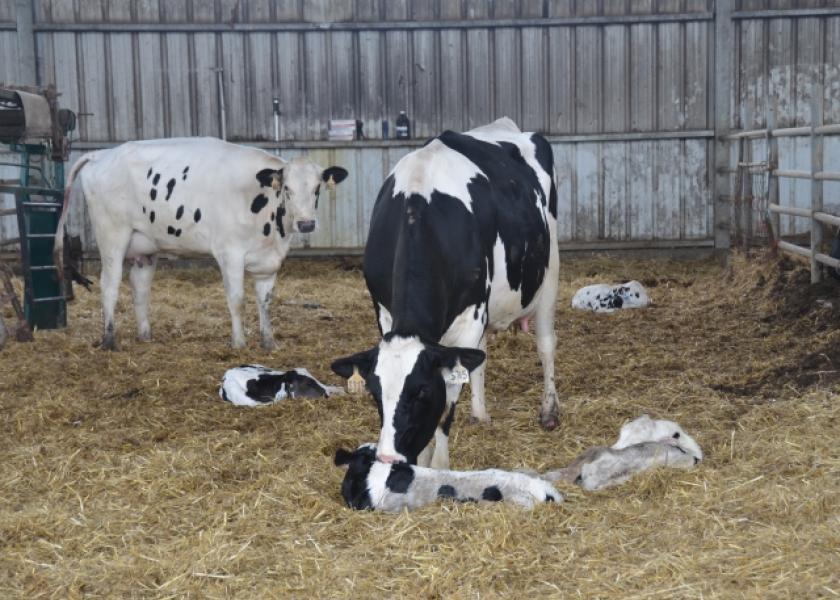Have We Been Interpreting Transition Problems All Wrong?

For decades, dairy researchers, nutritionists, and veterinarians have intensely focused on the transition period – from gestation to lactation -- as a time of health and performance peril which required considerable management attention.
Yet despite all of that effort, the incidence of transition-cow diseases has budged little, and these maladies – mastitis, metritis, retained placenta, and poor fertility – continue to make up about 75% of all mature dairy cow diseases.
Now, a group of researchers at Iowa State University is questioning whether the industry has been chasing the wrong culprits when it comes to transition-cow challenges.
The team, led by Lance Baumgard, Norman L. Jacobson Endowed Professor in Dairy Nutrition, conducted a massive evaluation of existing literature that encompassed nearly 400 published papers. Their goal: to review the currently accepted views on transition diseases and why they happen; and to explore different lines of thinking that may lead to alternative perspectives and solutions.
They found the widespread belief to date has been that excess nonesterified fatty acids (NEFA) in the bloodstream around calving time can cause hyperketonemia. This condition, coupled with low levels of blood calcium, is thought to be the main trigger of transition-cow health conditions.
But efforts to regulate NEFA and calcium levels have largely proven unfruitful, and the team asserted they may even be making transition-cow problems worse. They deduced that post-calving changes to energy and calcium metabolism reflect normal biological processes.
Healthy animals use these processes to maximize milk production. So, what once were thought to be indicators of poor health may have just been ordinary changes congruent with the necessary shifts to launch into lactation. And cows may utilize those same processes to fight disease. So, they proposed that sick cows and high-producing cows may exhibit similar metabolic profiles.
Rather than focus on NEFA, Baumgard and his colleagues suggested a more effective approach may be concentrating on immune system function in cows. They believe immune system utilization of glucose and its induction of hypophagia are responsible for increased blood levels of NEFA and ketones, which explains why they are correlated with poor health, lower milk production, and reduced fertility.
If a way could be devised to shut down immune system activation, and thus reduce the detrimental effects of inflammation at its root cause, cows in transition may remain healthier.
A full documentation of the study was published in the August 2021 issue of the Journal of Dairy Science.







